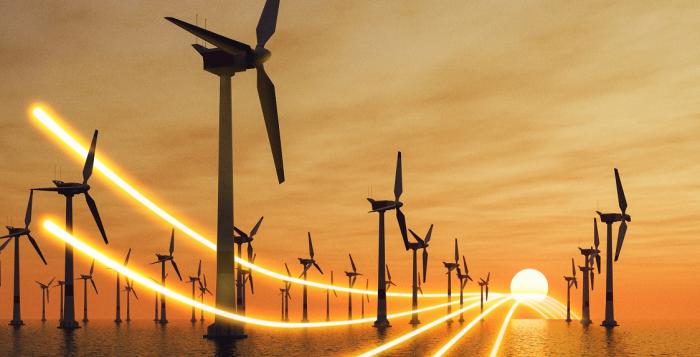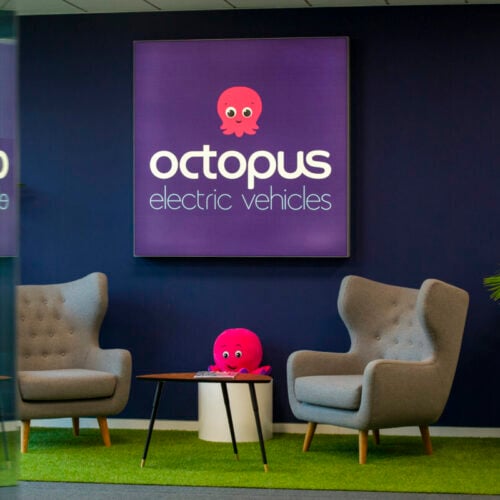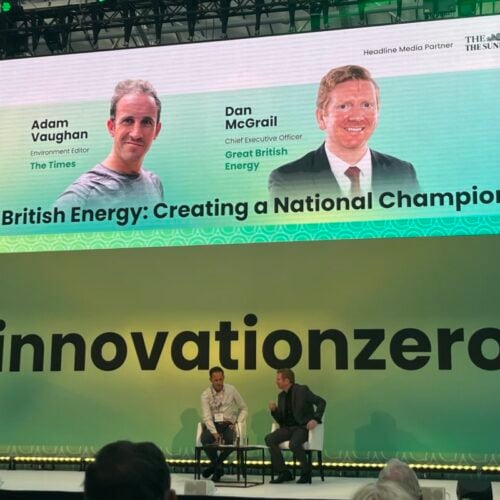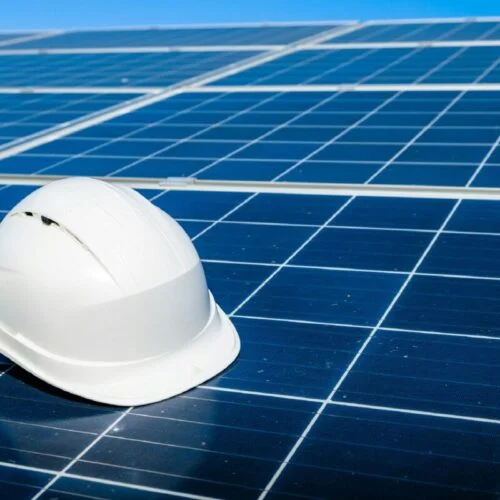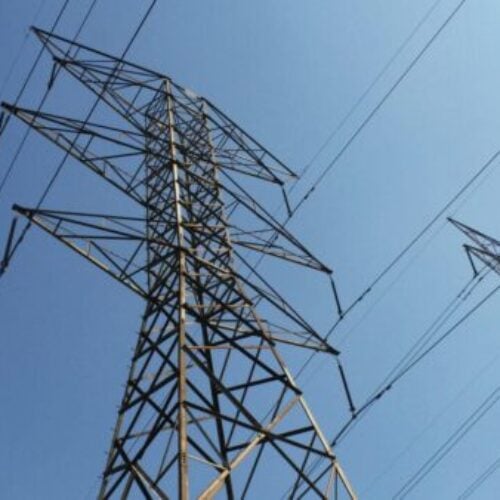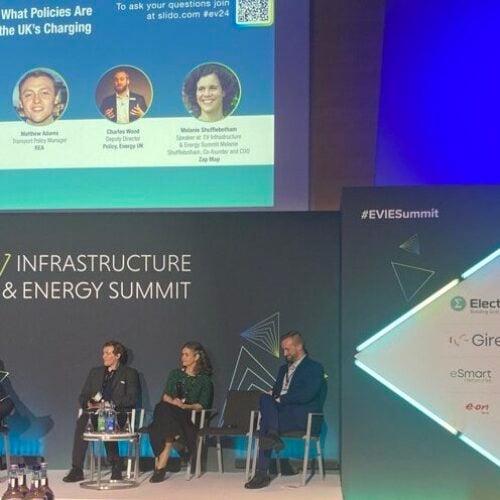The UK electricity system operator (ESO), National Grid ESO, has unveiled a network design that would facilitate the connection of up to 4.5GW of floating offshore wind energy capacity in the Celtic Sea.
The three proposed wind farms would have an individual connection to the onshore electricity network, with up to 3GW connecting across two sites in south Wales and the remaining 1.5GW connecting in the south-west of England.
As laid out in Beyond 2030: Celtic Sea, the ESO would put one high voltage direct current (HVDC) connection into a potential new South Wales Connection Node, and use high voltage alternating current (HVAC) technology for the other two connections into Carmarthenshire and North Devon.
The proposals make good use of the current wider transmission infrastructure and recommend regions that have already been identified as needing a substation or have an already-proposed substation—for example Llandyfaelog in Carmarthenshire.
A number of shortlisted designs were assessed against four design objectives—impact on local communities and the environment, cost to the consumer, deliverability, and operability—before the ESO arrived at its final design proposal.
Its final design has least impact on the environment and community of all those considered and no new overhead lines will be necessary to connect the wind projects.
A new approach to sequencing
This design process is unique from other exercises previously undertaken by the ESO as the proposals are being assessed pre-tender, meaning that developers are yet to bid for the sites identified by the Crown Estate. The Crown Estate has today (13 August) issued an Invitation to Tender to pre-qualified bidders that will pitch in for the concerned areas of seabed.
The new approach means that developers’ bids will be more informed by network recommendations, reducing risk. It also means the ESO can take a new approach to the connections queue for the added capacity, effectively ringfencing the 4.5GW in advance. The operator says that will mean it can proceed as efficiently as possible with the connection contract process.
This round has also seen the Crown Estate carry out its Habitats Regulations Assessment (HRA) out of usual sequence. Doing so ahead of the offshore wind leasing process is intended to give bidders early visibility of the steps they will need to take to ensure conformity with the HRA, reducing uncertainty and helping reduce the risk of future delays.
The ESO undertook the assessment as a continuation of its publications Pathway to 2030 and Beyond 2030, which charted a course to facilitate up to 86GW of offshore wind up to and throughout the 2030s.
Proposed connections into the south Wales and south-west regions could be a catalyst for future coordination with green energy developments in those areas. Representatives from local councils worked with the ESO to discuss optioneering exercises and provide feedback as part of the design development.
Following the proposals, the ESO will work with National Grid Electricity Transmission (NGET), the host transmission owner in England and Wales, to progress relevant works.
Director of strategic energy planning and chief engineer for the ESO, Julian Leslie, said: “It is a really positive development that this is the first time an offshore wind leasing round will have been launched with a recommended high-level network design in place.
“We have undertaken a rigorous process, in consultation with a range of stakeholders, to design the network needed to connect enough renewable capacity to power four million homes. Our proposal has additional potential as a catalyst for coordination with future green energy developments in south Wales and south-west England into the future.”
NGET responded to the plans, saying it welcomes the proposals. It said: “We will continue development of detailed network designs for each of the locations the ESO has highlighted, utilising existing or already-proposed infrastructure where possible. Our plans are subject to ongoing design assessments, and we look forward to working in partnership with stakeholders and communities as they develop further.”
